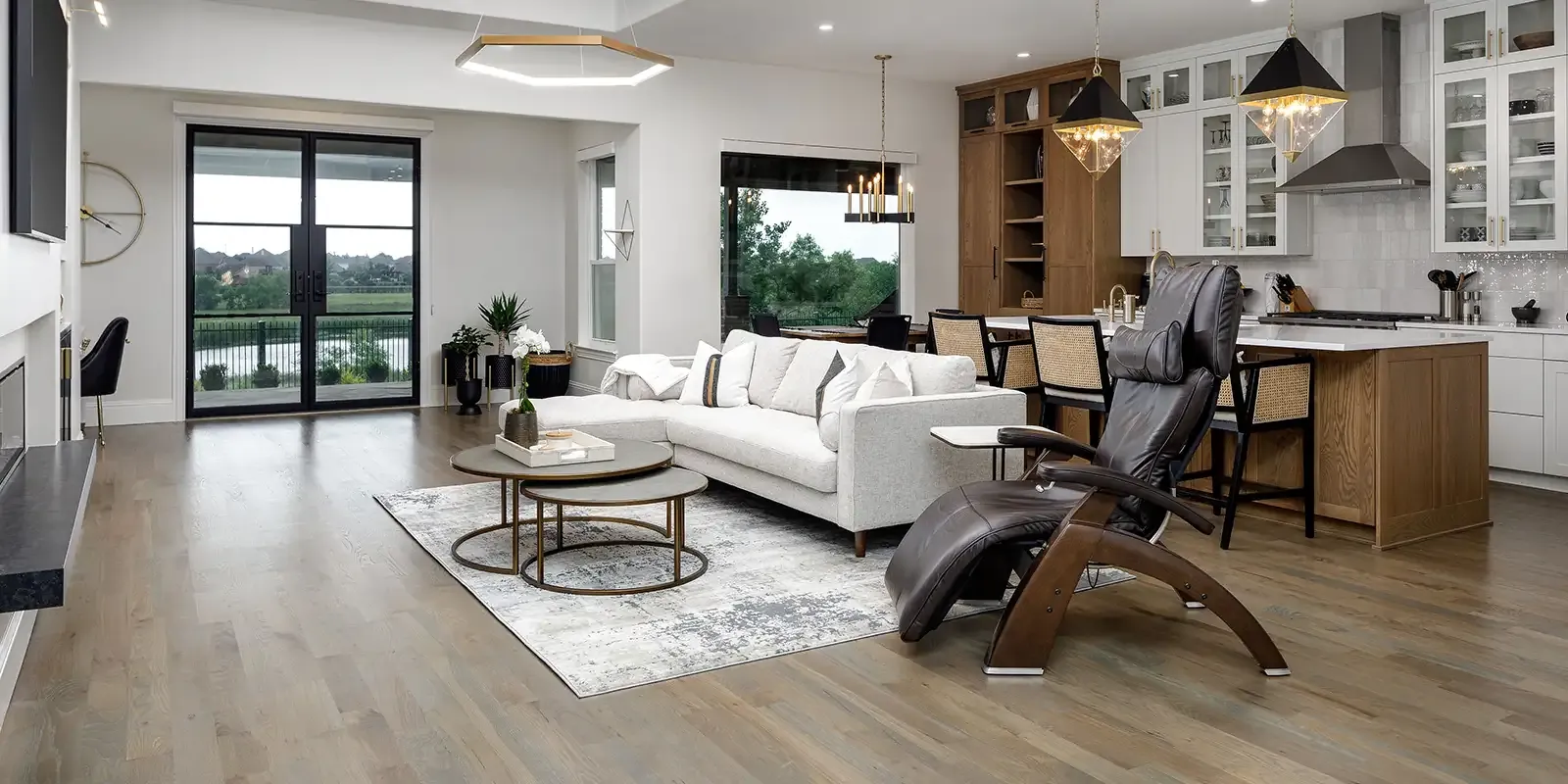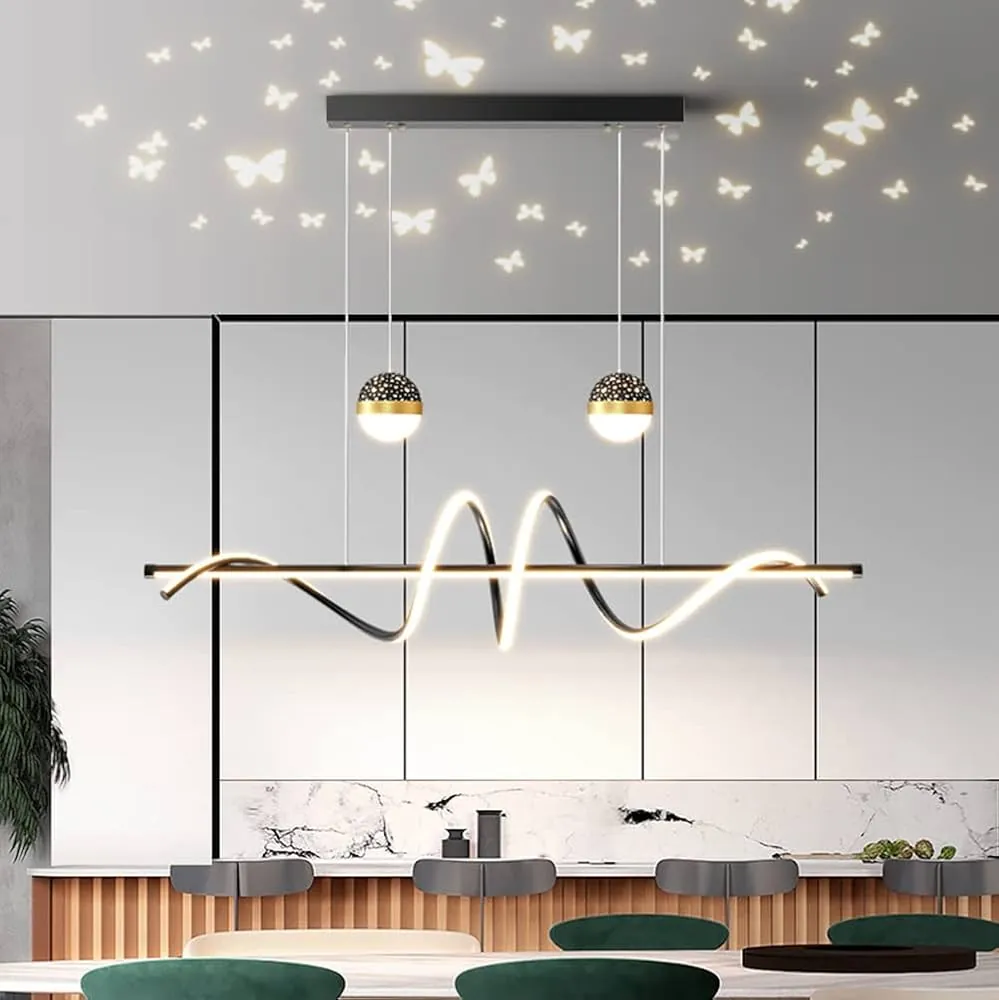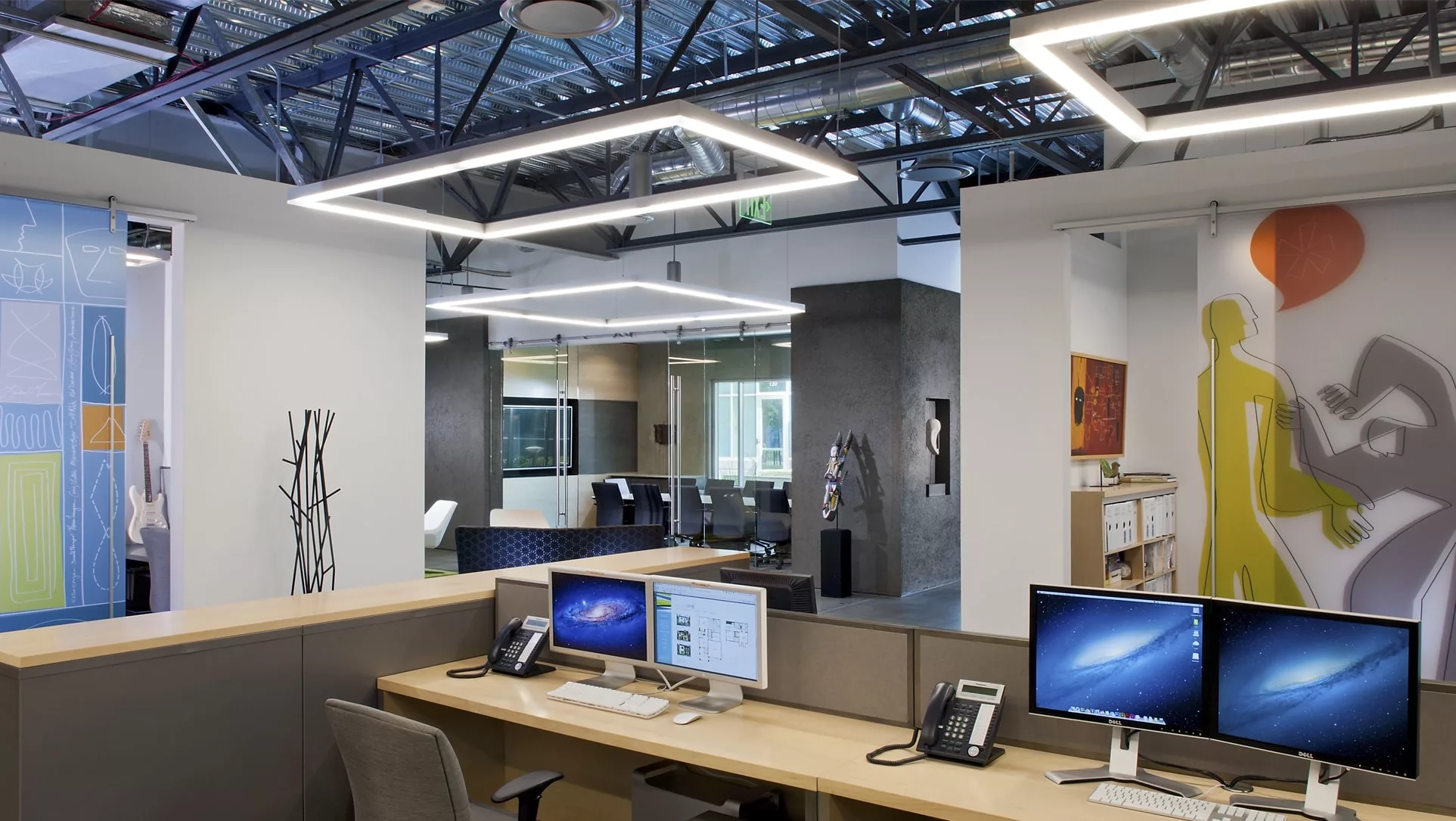Technical expertise and artistic vision are the ideal combination in lighting design. Any space can be totally transformed by carefully choosing and positioning the lighting, which will improve both its aesthetic appeal and usefulness. Knowing the basics of lighting design can be crucial whether you are planning a home makeover, creating a commercial space or just trying to enhance your existing lighting configuration.
The Impact of Thoughtful Lighting Design

Great lighting design goes far beyond simply illuminating a room. When executed properly, it serves multiple crucial functions:
Visual Enhancement:
Placed lighting highlights focal points that define a space’s character and bring out the best in architectural details, texture and colour.
Functional Support:
Lighting needs vary depending on the activity.While proper retail lighting can improve product displays, task lighting improves the comfort and efficiency of working, reading and cooking.
Comfort and Safety:
Well designed lighting makes spaces safer and more comfortable to live in by removing harsh shadows and glare.
Energy Efficiency:
LED technology in particular can significantly lower energy consumption while still offering excellent illumination and requiring little upkeep.
Mood and Atmosphere:
The lights’ temperature and intensity have a significant psychological impact.Cooler lighting tones encourage focus and alertness while warmer lighting creates warm intimate settings.
The LED Revolution in Modern Lighting

With its many benefits over conventional incandescent and fluorescent options, LED technology has completely transformed the lighting landscape.
Energy Efficiency: Over time, LED lights can save a substantial amount of money because they use up to 80% less energy than conventional incandescent bulbs.
Longevity: Many LED lights have 25,000–50,000 hour lifespans which lowers maintenance expenses and the need for frequent replacements.
Design Versatility: LEDs can be used to create almost any aesthetic vision because they are available in an infinite number of shapes from traditional bulb shapes to ultra slim strips.
Cool Operation: Because LEDs produce less heat, they are safer and better suited for environments where temperature is a concern.
LED implementation does, however, need some thought. Important considerations during the decision making process include ensuring fixture compatibility, choosing the right colours temperatures, managing flicker and glare and weighing upfront expenses against long term savings.
Essential Elements of Effective Lighting Design
Several technical factors contribute to successful lighting design:
Light Levels: The proper amount of brightness depends on the type of area and is measured in lux and lumens. Living areas do well with softer ambient light, whereas work areas frequently need brighter task lighting.
The colour temperature, which is measured in Kelvin, has a big effect on how a room feels. Cool white (3500–5000K) helps you focus and get things done, while warm white (2700–3000K) makes areas feel cosy.
The Colour Rendering Index (CRI) shows how realistically colours seem in artificial light. Colours with CRI scores between 80 and 90+ look more realistic and bright.
Light Distribution: You may get a balanced light that does not have harsh shadows or glare by learning how light distributes and where it goes.
Control Systems: Smart controls, timers, dimmers and sensors let you customize your home all day long and can save a lot of energy.
To bring your lighting vision to life, it’s best to work with a trusted lighting installation service that understands both aesthetics and electrical safety.
Lighting Applications Across Different Spaces

Residential Spaces
Examples of lighting design elements that can be combined in homes include decorative pendant lights over islands or dining areas, soft ambient overhead lighting and bright task lighting over kitchen counters. Homeowners can easily adjust the lighting for different activities and times of day with smart controls.
Commercial Offices
Examples of efficient office lighting include high CRI LED panels for accurate colour perception, zoned ambient lighting that can adapt to natural daylight cycles and adjustable desk lamps for individual workstations. This approach boosts productivity while controlling energy costs.
Hospitality and Retail
Warm dimmable ambient lighting creates a welcoming atmosphere, while accent lighting is frequently used in restaurants and hotels to draw attention to architectural details or artwork. Advanced colour tuning and interactive control according to the time of day or particular requirements are made possible by LED technology.
Best Practices for Lighting Design
Layer Your Lighting: For well balanced, adaptable illumination, always blend ambient, task and accent lighting sources.
Think about Human Centric Design: Adjust color temperature and brightness to complement circadian rhythms which will improve sleep quality and general wellbeing.
Use smart controls: automated systems, timers, dimmers and sensors all reduce energy consumption while enhancing convenience and usability.
Invest in quality: Long term performance and satisfaction are guaranteed by high CRI fixtures, flicker free LED drivers and sturdy housing.
Work with Natural Light: Rather than competing with available daylight, artificial lighting should be designed to enhance and augment it.
Lighting Design Explained: From General Planning to Smart LED Solutions
Difference between general lighting design and LED specific design
General lighting design encompasses the overall planning of light distribution, layering, control and aesthetics. LED specific design focuses on how LED technology functions within that framework, considering elements such as color temperature selection, lumen output and driver compatibility.
Good lighting design improves energy efficiency
You can drastically cut energy use while still getting great visual results by choosing energy efficient LED fixtures, installing dimmers and motion sensors and setting up lighting zones.
Choose the right colour temperature
Warm white (2700-3000K) works well for living spaces and dining rooms. Cooler temperatures (3500 4000K) suit kitchens and work areas. Higher temperatures (5000K+) are typically reserved for industrial or highly task-oriented environments.
Lighting design work with natural daylight
Effective design measures the amount and direction of natural light entering a space and plans artificial lighting to complement it, reducing artificial lighting where natural light is sufficient and adding layers where needed.
The Future of Lighting Design
Lighting design gets more complex and intuitive as technology advances. Integration with home automation systems, color tunable lighting and smart controls are becoming more widely available and reasonably priced. Even more energy efficiency, easier to use controls and lighting systems that can automatically adjust to our needs throughout the day are all anticipated in the future. Knowing these guidelines will help you design areas that are not only aesthetically pleasing but also practical, effective and cozy, whether you’re starting a significant remodeling project or just trying to enhance your existing lighting configuration. Any space can be transformed by excellent lighting design, which improves how areas appear and feel to people who use them.
FAQs
Why is lighting design important?
It enhances the look, function and comfort of a space while improving energy efficiency.
What are the main types of lighting?
Ambient (general), Task (focused) and Accent (decorative).
What is the ideal color temperature for homes?
Warm white (2700–3000K) is best for living areas; cooler tones (3500–4000K) suit kitchens or offices.
How does LED lighting help?
LEDs use less energy, last longer and offer flexible design options.
What is CRI in lighting?
The Color Rendering Index shows how accurately colors appear under a light. Higher CRI (80–90+) is better.
Can lighting affect mood?
Yes, cooler tones help focus, while warmer tones feel cozy and relaxing.
How do smart lighting controls work?
They adjust brightness, color and timing automatically or by user settings.
Should lighting work with daylight?
Yes, design should enhance natural light, reducing the need for artificial light during the day.
What is human-centric lighting?
It adjusts light to support natural body rhythms, improving sleep and well-being.
What’s the future of lighting design?
Smarter, energy-efficient systems that adapt automatically to your needs.
Conclusion
Any space can be completely transformed by well-designed lighting, which increases comfort and energy efficiency while also improving functionality and aesthetic appeal. Knowing these basic concepts will help you design stunning, well-lit areas that will meet your needs for many years to come, whether you’re remodeling or replacing outdated fixtures.
